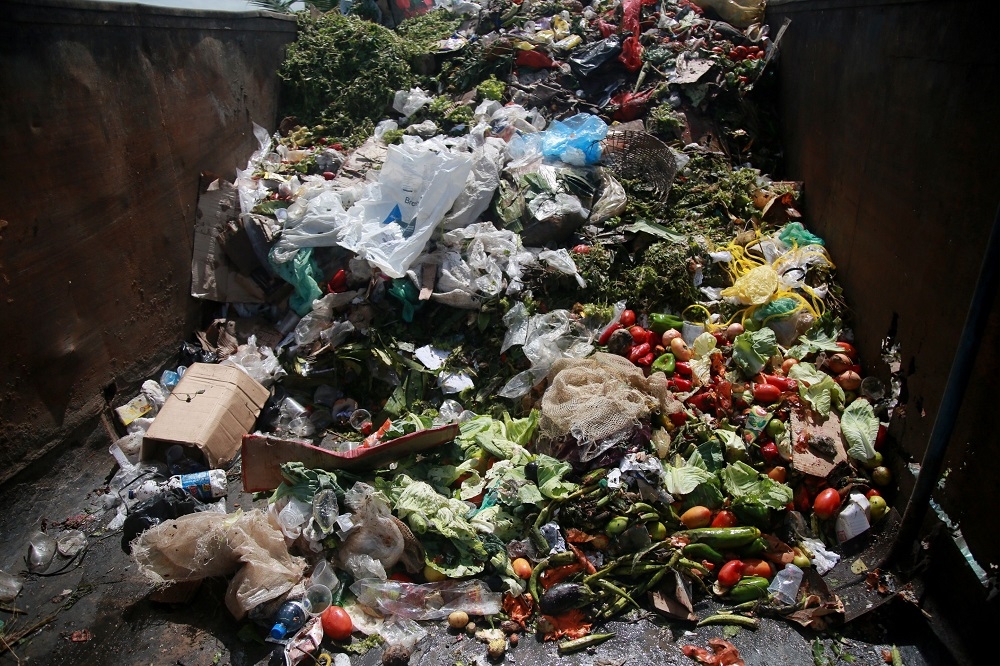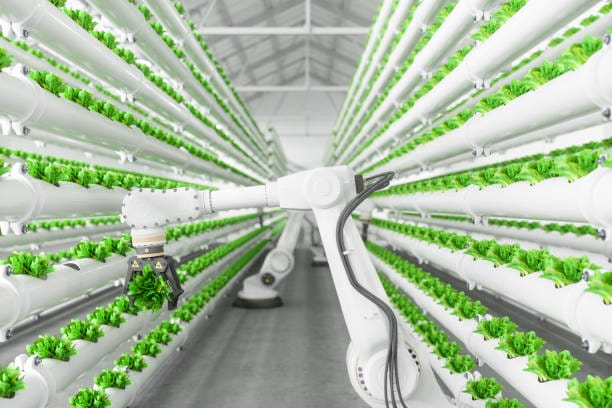
Published by malaymail, SinarDaily, AstroAwani & BERNAMA, image by malaymail.
Food waste has been a long-standing issue in Malaysia. According to a report, we are wasting approximately 16,720 tonnes of food daily, which accounts for 44% of the total waste. All this food waste will all end up in the landfill, where it will slowly decompose, releasing harmful substances into the soil and methane into the atmosphere. Notably, methane is a greenhouse gas that is estimated to be 25 times more potent than carbon dioxide.
With our landfills slowly running out of space and the effect of climate change being more and more apparent, it is vital to take this issue with a much more serious stance and start making some credible changes to combat food waste.
According to a report from 2016, households contribute the largest amount of food waste across the country, followed by night and wet markets, food courts and restaurants, hotels, and food and beverages industry.
It is not that Malaysians are ignorant about food waste issues. On the contrary, the study by Phooi et al. (2022) finds that 70% of Malaysians feel guilty when wasting food, yet more than 50% of Malaysians still waste food daily.
In the same study, 34.76% of Malaysians believed that a food waste charging or penalty system could be effective in reducing food waste, 23.17% believed in raising residents’ awareness, and 20.40% believed in encouraging leftover packing.
Let us examine the effectiveness of the food waste charging or penalty system via the case study of South Korea.
South Korea was once one of Asia’s biggest food wasters. According to the report, the average South Korean wasted 130kg of food annually, and their food waste recycling rate was less than 2% in 1995.
However, their food waste recycling rate skyrocketed to 95% in 2019, partly due to the volume-based fee system implemented in 1995 and the ban on dumping food waste in landfills in 2005 (Marshall, 2022).
A volume-based waste fee (VBWF) system is a policy wherein residents are charged fees proportionate to the volume of waste they dispose of.
In 2013, the South Korean government introduced a new waste disposal system to complement existing waste management efforts. Under this new system, the residents were mandated to buy biodegradable garbage bags with a specified volume corresponding to the price to dispose of their food waste.
Other methods exist, such as the weight-based waste fee (WBWF) system, which, as its name suggests, collects fees according to the weight of the waste.
South Korea’s implementation of the WBWF system is simple: an automated bin equipped with a scale and an RFID reader. If people want to dispose of their food waste, they must scan their unique RFID card; the bin will then open its cover to let people dump the waste. The bin automatically weighs the waste, and the resident will be charged accordingly.
The food waste collected would then be sent to be made into different valuable products such as biogas and compost via anaerobic digestion or even repurposed for livestock feed.
The initial implementation of the VBWF system has resulted in 23% reduction in domestic waste. Subsequently, a district in Seoul has used the WBWF system, and in six years, they have reduced a total of 47,000 tonnes of food waste.
The WBWF system shall integrate well into Malaysia since we are one of the first countries to incorporate RFID technology in our identity cards – MyKad, which we are already able to use as a payment method in public transport and toll booths on highways. This existing infrastructure lays a solid foundation for the successful implementation of the WBWF system.
The main challenges are where we put the bin, and how to ensure that people only throw food waste into it.
Perhaps, location-wise, it would be more suitable to have two different systems working in tandem, where we have the VBWF system for landed houses, as it would be easier for their residents to purchase volume-specified bags instead of going to a specific location to dispose of their food waste, especially for the elderly. For flats or condominiums, automated bins with the WBWF system at the bottom of the building would be sufficient, given that resident would only need to bring their waste downstair for disposal.
Meanwhile, the other challenge goes back to the core principle of promoting waste separation at a household level. This would need to be done through further education of the public and countrywide implementation of the Solid Waste and Public Cleansing Management Act 2007, which would require cooperation from all states and territories.
The route that South Korea took has drastically increased its food waste recycling rate, but this is not the only option available for reducing food waste. Legislative and regulatory efforts can also help at the retail level, urging stakeholders to implement technology to curb food waste as well.
As technology progresses, we are witnessing advancements that allow sufficiently trained Artificial Intelligence (AI) to analyse images at a level of detail far surpassing human capability. In light of this, what stops us from integrating modern tech to help us manage food waste more effectively?
Consider Japan as an example, where the government implemented the Food Recycling Law in 2001, and subsequently passed another law in 2019 aimed at reducing food loss. Since then, various establishments in Japan have adopted diverse technologies to effectively reduce food waste.
For example, Japan’s famous convenience store operator Lawson has been using Artificial Intelligence (AI) to help reduce its overstock of food by 30% and it aims to halve food waste by all their stores by 2030.
Another example of how the Japanese utilise technology to deal with food waste is through smartphone applications. There are several apps that, on one side, enable supermarkets to list food products nearing their expiration or end-of-shelf-life and, on the other, allow the consumer to locate discounted items based on their proximity.
Quantifying the impact of these apps on food waste reduction is challenging, as they are not government initiatives. However, media reports indicate that some apps achieved significant success, prompting local administrations in Japan to start collaborating with them.
Through cooperation between the government and private sectors, we could create a similar platform, but with extra features. Beyond merely helping users find discounted food, we could also integrate information about nearby food banks for convenient food donations.
Moreover, restaurants, hotels and hospitals can look for other ways to use modern tech, like data analysis via AI, to reduce food waste.
A Swiss company named Kitro has revolutionised food waste management by outfitting trash cans with cameras that capture photos of discarded items. Every time something is disposed of, the can also weighs it. Utilising AI, these smart trash cans can determine the types, quantities and, importantly, the patterns of food waste accurately.
Kitro claimed this could lead to savings of more than $100,000 per year.
A hotel in Geneva said this had helped them optimise their plating after they realised their customers do not eat a specific food, which resulted in less food waste.
Of course, enacting new laws is not easy. Thorough research and solid evidence to back them are essential.
However, we are not starting from scratch.
In August of 2022, the then Minister of Housing and Local Government, Datuk Seri Reezal Merican, said they were working with the Japanese government to develop food waste management guidelines, and stated that they were in the final stages of submission. However, since then, there has been no further mention of the matter, and it has seemingly faded into silence.
In addition to enacting food waste management-related laws, there is a pressing need to educate the public on the difference between “expiration date” and “best before date”. Many individuals often confuse these two dates, mistakenly believing them to be interchangeable. Clarifying this difference is essential to prevent unnecessary food waste.
While expired food can be dangerous, food that has passed its best-before date is still considered safe to eat (albeit not with the best taste) from the viewpoint of food microbiology, even six months after the labelled date (Zielińska et al., 2020). Yet, Hashim et al. (2022) found that most Malaysian households throw away food that has passed its best-before date, despite the food being still edible.
Addressing food waste management is important in light of Sustainable Development Goal 12, which focuses on responsible consumption and production, and Target 12.3, which aims to halve food waste per capita at retail and consumer levels. However, considering the rising cost of living and concerns regarding landfill capacity, it becomes imperative to prioritise effective strategies for food waste management.
By integrating 4IR technology into our food waste management system and enacting laws that incentivise households to handle their food waste more responsibly, while also encouraging businesses to innovate new ways for waste reduction, there is optimism that we can achieve our target by 2030.
Chia Chu Hang is a Research Assistant at EMIR Research, an independent think tank focused on strategic policy recommendations based on rigorous research.

